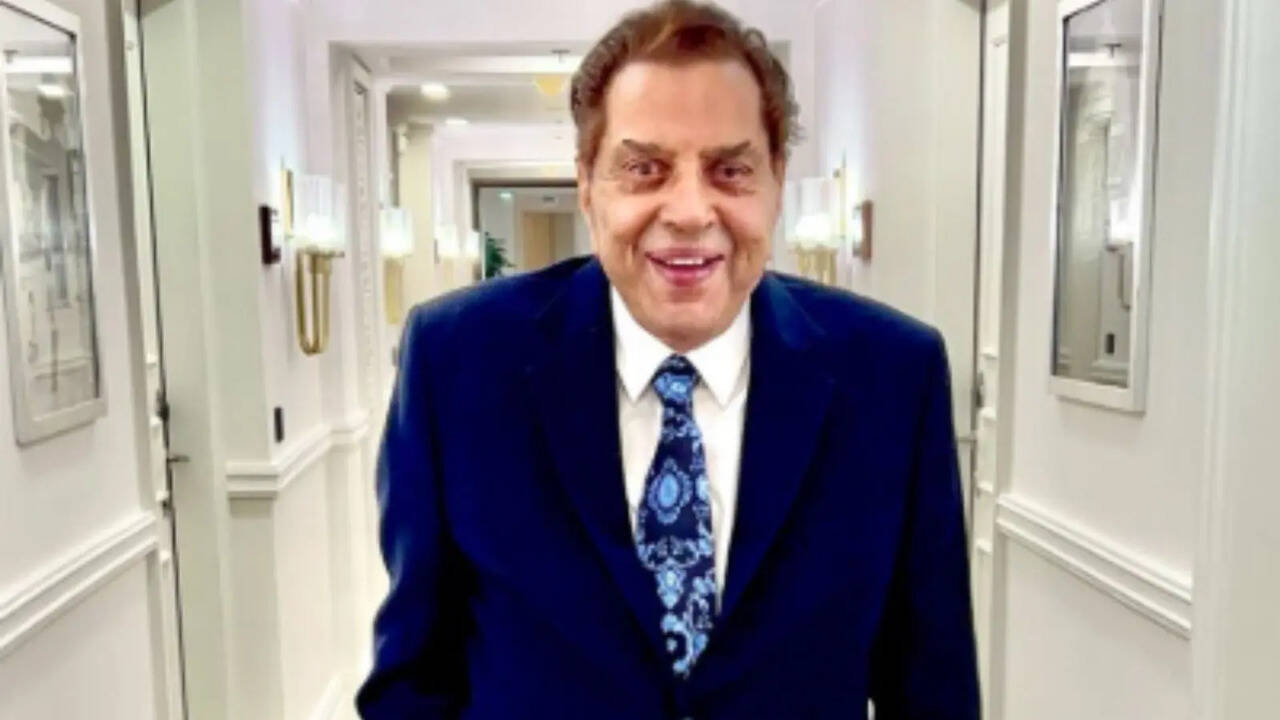Bollywood Legend Dharmendra Dies At 89: Why Respiratory Ailments Are Tougher To Treat In The Elderly

Credits: Dharmendra Deol Instagram
SummaryVeteran Bollywood star Dharmendra passes away at 89. Learn about his final days, health struggles, and why respiratory ailments and ventilator support pose higher risks for the elderly.
End of Article
